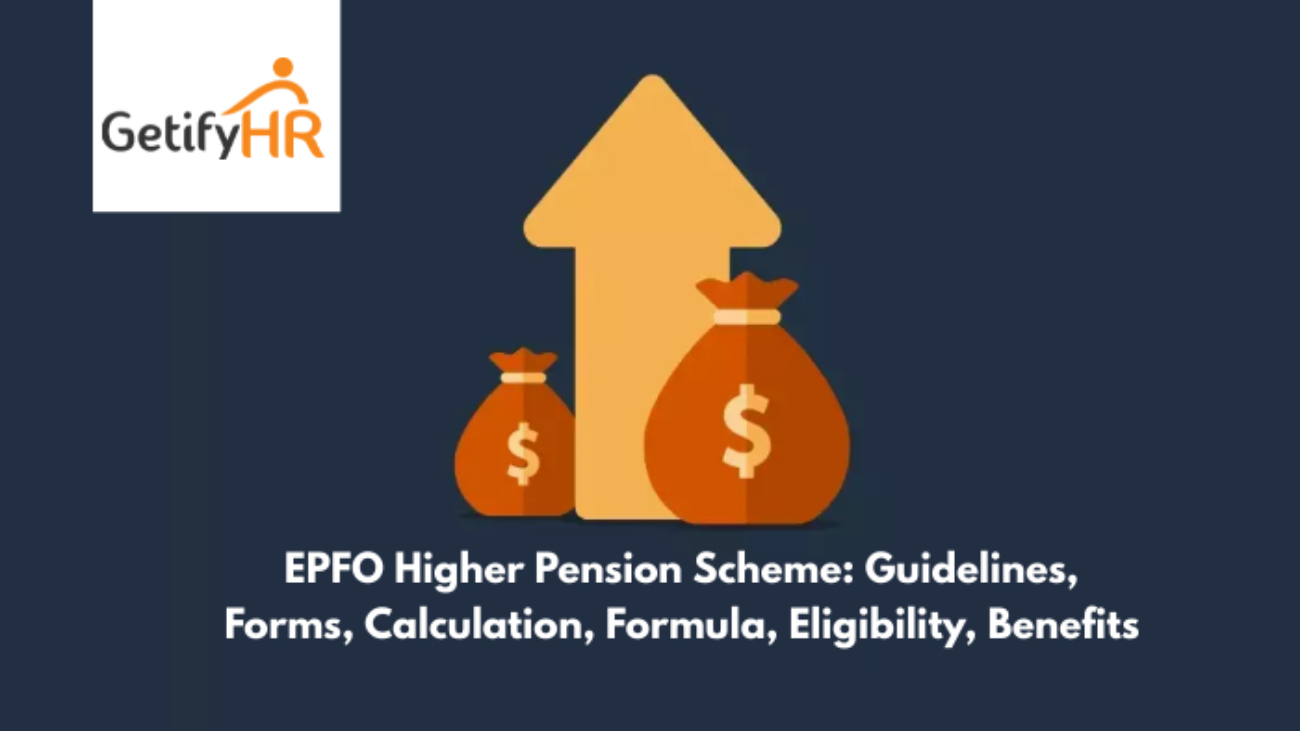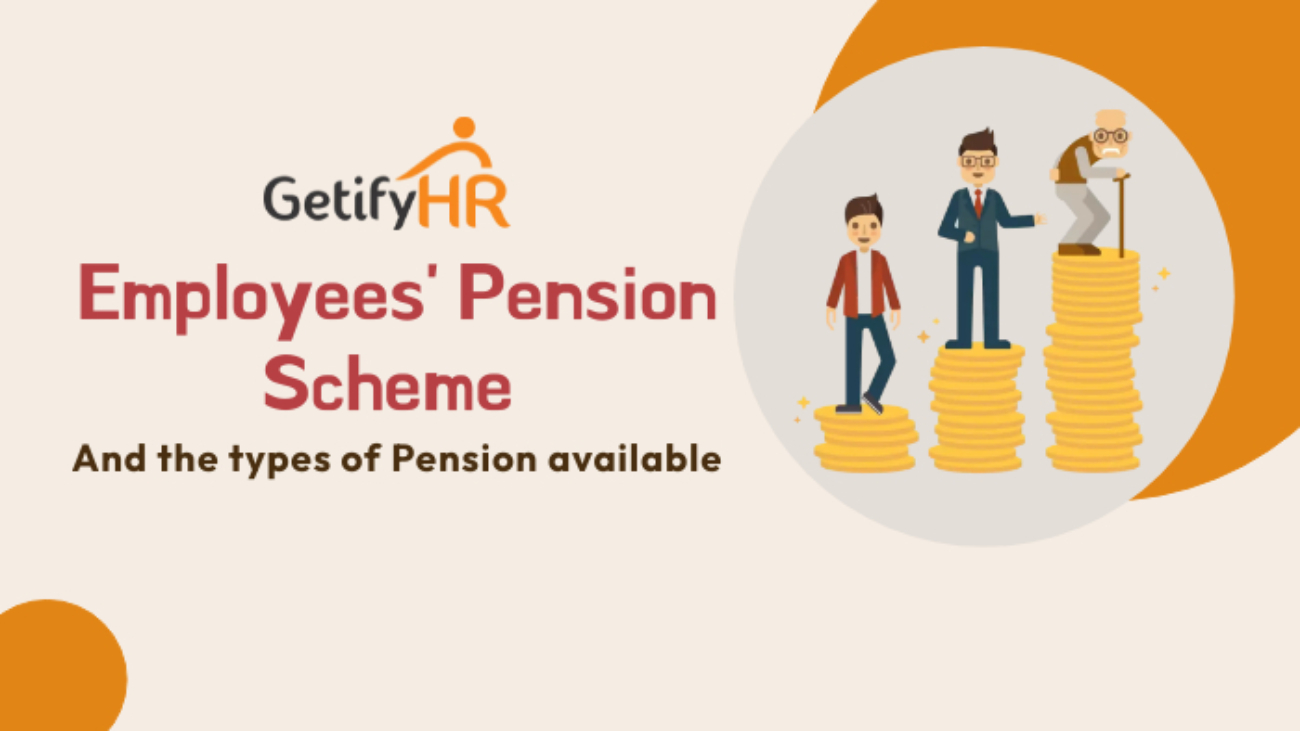The Employees Provident Fund Organization (EPFO) launched the Employees Pension Scheme (EPS) in the year 1995. Through this scheme EPFO members are entitled to a pension after retirement. The employee’s contribution of 12% of salary was fully utilised towards EPF, whereas from the employer’s contribution 8.33% goes to EPS and 3.67% to the EPF.
Initially, the pensionable salary was capped at ₹ 5000 and was subsequently raised to ₹ 6500. In March 1996, a provision was added to para 11(3) of the EPS-95 act giving the option to the employee and employer to contribute at the actual salary (above the cap of ₹ 6,500) to the EPS. However, the members were given 6 months to file a joint option form for higher pension contribution to the EPS.
On 01-09-2014, the Government amended the EPS-95 through the Employees Pension (Amendment) Scheme, 2014 in which the maximum pensionable salary was raised to ₹ 15,000. However, the provision to para 11(3) that allowed the option of joint filing by the employee and employer for higher contribution to the EPS has been omitted.
Employees who joined the EPS after 01-09-2014 can only make the contribution at 8.33% of the maximum pensionable salary of ₹ 15,000, even though they drew a higher salary. Employees who joined before 01-09-2014 could, however, contribute to EPS on the actual salary as against the cap of ₹ 15,000 if they filed a new joint option with the EPFO within 6 months, i.e., 28-02-2015.
Pension Contribution on Higher Salary under EPS
The Employees Pension (Amendment) Scheme 2014 regarding pension contribution on higher salary became contentious as many employees are not fully aware of these options. EPFO also rejected the joint option filed by many employees and where the employers contributed 8.33% towards EPS on employees’ actual salaries without filing joint option, the pensionable salary was taken as ₹ 15,000 for pension calculation.
This prompted many employees to file cases in various High Courts and the matter was finally taken up by the Supreme Court. The decision of the Supreme Court is briefly tabulated hereunder:
| Employee Status | Whether Joint option exercised | Whether eligible to claim 8.33% pension contribution on higher salary | Mode for claiming higher pension. |
| Employee in service as on 01-09-2014 | Yes. Joint option rejected by the EPFO | YES | By filing an application for higher pension
|
| Employee who retired before 01-09-2014 | No. Contribution to EPS above its cap of ₹ 5000 / 6500 | YES | By exercising the option before 03-05-2023 |
| Employee who retired before 01-09-2014 | Yes. Joint option rejected by EPFO | YES | By filing both, a joint option and an application for higher pension |
| Employee who retired before 01-09-2014 | No. Did not exercise joint option. | NO | Not applicable |
The Supreme Court ruled that employees who were part of the EPS but have not exercised the joint option can do so before 03-05-2023. For such employees, the higher EPS contribution will be calculated from the date of joining.
Eligibility for EPS Higher Pension
The eligibility criteria and application process for claiming higher pension has been set out in the circular issued by EPFO in December 2022. The following are the eligibility criteria:
- All member employees who retired before 01-09-2014
- All member employees who exercised the joint option under para 11(3) of EPS-95.
- The employees and employers who contributed towards EPS on salaries exceeding the wage ceiling of ₹ 5000 or ₹ 6500
- In case the EPFO has declined the exercise of such option.
However, the circular has not provision to provide a higher pension option for employees who were members of the EPF before 01-09-2014 but are still working or who retired after 2014. The Supreme Court judgement however, ruled that such employees are eligible to claim a higher pension.
In response, the EPFO issued another circular in February 2023 providing higher pension eligibility or employees in service or who retired after 2014. The eligibility criteria to file a joint option for getting a higher pension as per the new circular are given below:
- All employees who were members before 01-09-2014 and continue to be members after that date.
- The employees and employers who contributed to EPS on salaries exceeding the wage ceiling of ₹ 5000 or ₹ 6500
- The employees and employers who were members of EPS-95 and did not exercise the joint option provided under the deleted para 11(3) of the EPS and the Amendment of 2014.
The employees who were members of EPS-95 and exercised the joint option under the deleted para 11(3) of the EPS but did not file new joint option after the amendment of 2014 are not eligible to claim a higher pension. The EPS contribution of such employees will be 8.33% on the maximum amount of ₹ 15,000, irrespective of their actual salaries.
The Process of applying for Higher Pension in EPS
The application for joint option or claim for higher pension is specified by the concerned Regional Provident Fund Commissioner (RPFC). The EPFO has released a URL for applying online. Four steps are involved in this process.
Step 1: The employee has to visit the EPFO Unified Member Portal. The Universal Account Number (UAN) has to be used for this purpose.
Step 2: Click on the application Form for “Joint Option” option.
Step 3: This step is to validate your option. If you retired before 2014 then click on “Validation of Joint Option for employees who retired before 01-09-2014 and exercised joint option”.
If you retired after 2014, then click on “Exercise of Joint Option for employees who were in service prior to 01-09-2014 and continued to be in service on 01-09-2014 but could not exercise the joint option”.
Step 4: Fill in all the relevant details and submit the form.
The EPFO will digitally register each application and a receipt number will be allotted to the applicant. The application is then forwarded to the respective employer for verification. The verified files with the e-sign/digital signature will go for further processing. The RPFC will convert all the applications received into e-files.
The application will be examined and forwarded to the section account officer/supervisor by the dealing assistant. The concerned section account officer/supervisor will mark all discrepancies and forward to the Asst. Provident Fund Commissioner (APFC/RPFC-II).
The APFC/RPFC-II will examine the application and convey the decision regarding higher pension to the applicant via email, post or SMS.
Submission of Higher Pension Option Form
All eligible employees who become members of EPS-95 but are retired/working after 2014 can apply and submit the joint option forms online or with the concerned Regional Provident Fund Officer within 03-05-2023 to receive higher pension.
Guidelines for receiving Higher Pension through EPS
The following are the guidelines to be followed for receiving higher pension:
- All joint option forms or higher pension claim applications should be accompanied by a disclaimer or declaration.
- The employee has to give full consent in the joint option/application for a share adjustment from EPF to EPS and for a re-deposit of the amount.
- The employee has to give an undertaking to the trustee for a share transfer of funds from exempted PF Trust to the EPS fund. The undertaking will be effective for the deposit of due contribution and interest thereon up to the payment date within the specified time.
- The employees’ share of contribution will be deposited with interest at the rate declared under para 60 or the EPF scheme, 1952 for employees of unexempted establishments.
Documents to be submitted with Higher Pension claim application
- Proof of joint option verified by the employer filed under para 26(6) of the EPF scheme.
- Proof of joint option verified by the employer filed under para 11(3) of the Act.
- Proof of remittance of EPS contribution in the PF Account exceeding the capped wage limit of ₹ 5,000 or ₹ 6,500.
- The written refusal of APFC or EPFO to such remittance or request.
Documents to be submitted for joint option application
- Proof of remittance of EPS contribution in the PF Account exceeding the capped wage limit of ₹ 5,000 or ₹ 6,500.
- Proof of joint option verified by the employer filed under para 26(6) of the EPF scheme.
EPS Higher Pension Calculation
The formula for calculating the EPS higher pension is as follows:
Monthly Pension amount = Pensionable Salary x Pensionable Service/70
Pensionable Salary is the average salary drawn over the last 60 months.
Pensionable Service is the number of years contributions were made to the EPS account.
In case an employee renders more than 20 years of service before retirement at 58 years, then a weightage of 2 years is added to the service period. However, the maximum pensionable service is limited to 35 years.
Calculation on cap of ₹ 15,000 for a pensionable service of 25 years:
| Salary | EPF Contribution | EPS @ 8.33% of ₹ 15,000 | EPF Contribution |
| 50,000 | 6,000 | 1,250 | 4,750 |
Calculation on Actual salary for a Pensionable Service of 25 years:
| Salary | EPF Contribution | EPS @ 8.33% of ₹ 50,000 | EPF Contribution |
| 50,000 | 6,000 | 4,165 | 1,835 |
Monthly Pension when you do not file a Joint Option:
| Age when joined EPF | Retirement Age | Pensionable Salary | Pensionable Service | Pension Amount due |
| 30 | 58 | 15,000 | 28 | 15,000 x 30 (28+2)/70 = 6428 |
Monthly Pension when you file a Joint Option:
| Age when joined EPF | Retirement Age | Pensionable Salary | Pensionable Service | Pension Amount due |
| 30 | 58 | 50,000 | 28 | 50,000 x 30 (28+2)/70 = 21,428 |


